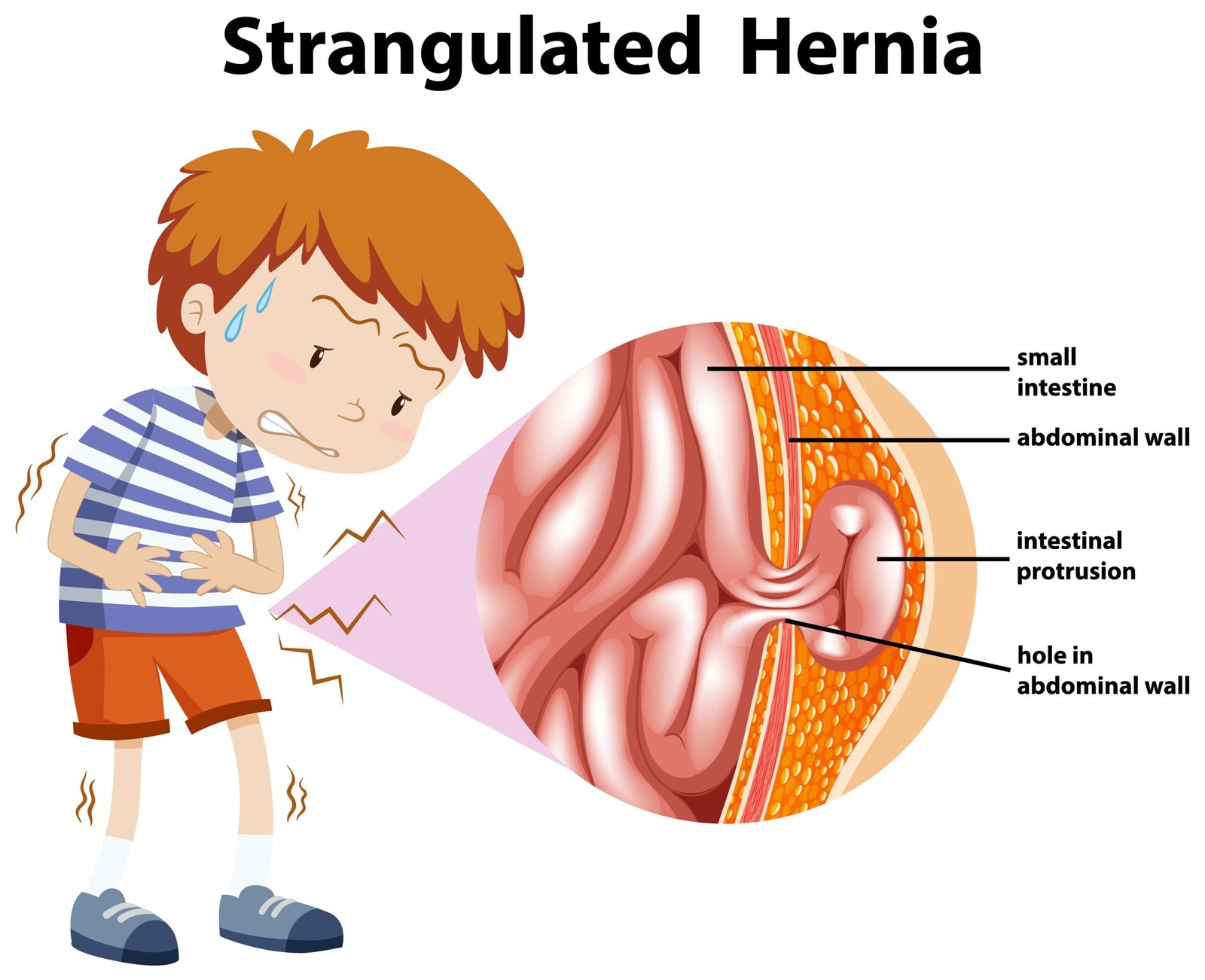John Doe
General SurgeonPretium saepe pariatur ornare cillum repudiandae inceptos iaculis cumque vulputate sequi neque quos exercitation aliquip interdum, veniam? Aute error, elit!

Pretium saepe pariatur ornare cillum repudiandae inceptos iaculis cumque vulputate sequi neque quos exercitation aliquip interdum, veniam? Aute error, elit!
Confused in finding best hernia specialist in Pune? So this article will resolve all our confusion and will make this task easy for you, so that you will get perfect treatment for your hernia and get rid of the pain and discomfort that is causing to you because of hernia.
What is hernia?
Most of the hernia are formed in the abdominal cavity, hernia is the medical condition characterized by protrusion of an organ or tissue through an abdominal opening in the muscle. There are many types of hernia like

Navel is the small depression in the abdominal wall. Umbilical hernia is the cause for big navel. Navel does not play any particular function in body. It is just a mark or remnant of umbilical cord that is cut during birth. Umbilical cord act as a connection between mother a baby, when baby is in the uterus of mother’s body.
Umbilical cord is thin pipe like structure that is attached to the placenta in mother’s body. Placenta is the tissue present in pregnant women that act as source for nourishment for the growing fetus in her body. Placenta also carry mothers blood along with nutrients to the fetus. Umbilical cord is connected with developing embryo and placenta that provides life sustaining nourishment to the baby.
Umbilical cord has arteries and vein. In fetus umbilical cord arises from abdominal wall depressions. There is one umbilical vein that carry nutrients and oxygenated blood to developing embryo and two arteries that carry deoxygenated blood, waste and unwanted material from fetus’s body to mothers placenta for purification. This umbilical cord is long about 1.8 -2 feet. This cord is cut down after delivery of the baby from the mother’s body. After the cut, dried and unwanted part of the umbilical cord falls off leaving behind circular depression in the abdomen called the navel.
Umbilical hernia is not a serious condition. This condition can be treated. It is common and often do not have any harm. This condition is commonly seen in children and peoples with older age. In this condition there is circular, fluffy or bulgy swelling near navel. This condition is caused with excess of load is being suffered by the abdominal muscles. Intestine bulges and protrudes through the abdominal wall inside the navel or also called belly button.in children umbilical hernia can automatically get recovered with due course of time, but in some cases if does not go away on its own then doctors recommend surgery for the same. Umbilical hernia is usually painless.
Umbilical hernia usually gets close after 2 years from birth by its own. Sometimes it may take 3 or 4 years to close. It is easily visible in children because they cry and shoe discomfort in the abdomen. But if this condition persists till adulthood, then in this situation mostly in adulthood operation is recommended by medical practitioners.
In new born children symptoms can be identified if baby cries a lot, vomit, show swelling or some sort of discoloration near navel.
In adult’s umbilical hernia can be felt, adults can feel discomfort in abdominal area. Sometimes their can also be intense pain in abdominal muscles.
In older peoples, belly size starts increasing and becomes circular in shape. Navel becomes big in size and sometimes pain around navel.
Considering the emergency condition of the patient, the doctor should recommend suitable treatment to the patient.
It is done by giving single incision near hernia and the bully tissue that was protruding out is pushed backed into the abdominal wall. Abdominal wall is then covered with mesh partially or completely according to the condition of abdominal wall incision. This synthetic mesh provides support to the abdominal muscles to recover early. Depending on the diet and health condition of patient it takes about 3-4 weeks for the patient to recover.
There is also an alternative way to treat this condition that is through laparoscopic way, in this method a thin tube is inserted in hernia, this tube has camera placed on it. It particularly act on the targeted area push inside the protruding abdominal muscle inside and quickly heels the incisions and wound that is caused during surgery. This technique is commonly used and heeling time of this technique is quick and post -operative pain is also less.
Surgery is recommended to adults only, if any serious conditions arise then only practiced in children. Lifting heavy loads after surgery is strictly avoided after surgery.
No, complex hernia cannot be treated on its own, affected tissues has minor chances to recover on itself. In infant’s stage hernia can treat without surgery, but in mid senior level of age it’s recommended to undergo surgery.
Specialists typically perform both laparoscopic and open-surgical repairs. Laparoscopic surgery is often preferred due to its minimally invasive nature, which allows for quick recovery times.
Surgery is often recommended if the hernia is symptomatic that is it is causing pain, discomfort, increasing in size, or at risk of complications like strangulation. Your specialist will provide you with a complete detailed evaluation of the treatment
